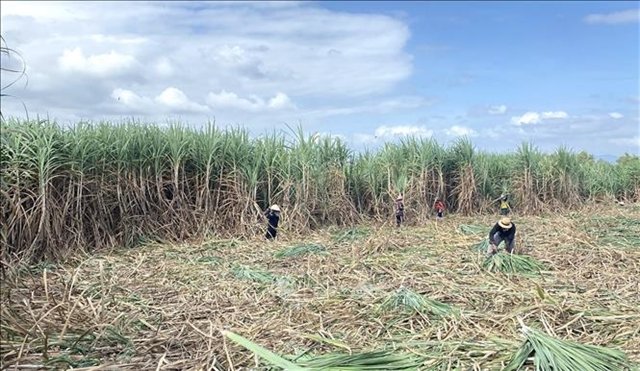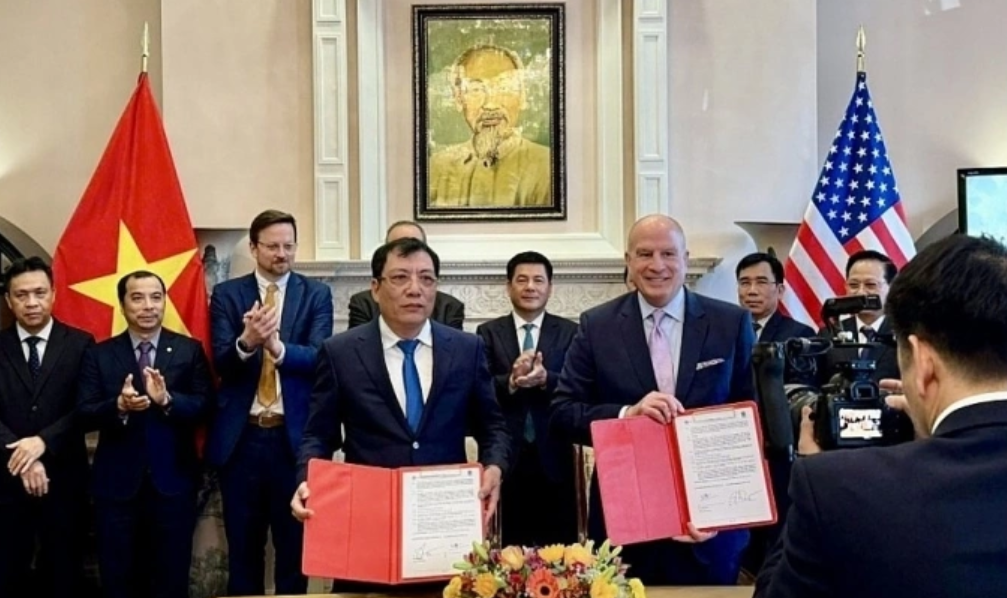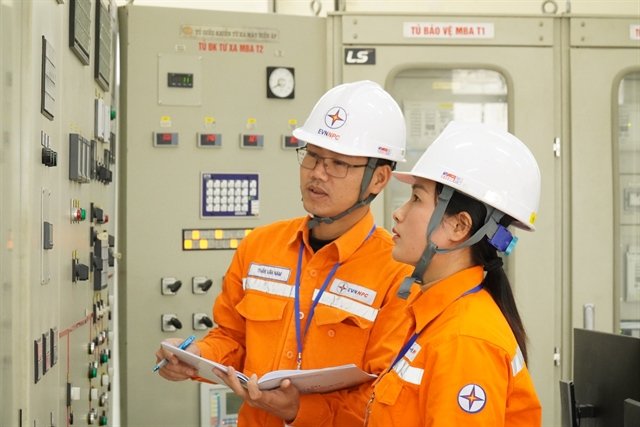Vietnam Sugarcane Association Proposes Adjustments to Power Plan VIII to Boost Biomass Energy Development
HÀ NỘI — The Vietnam Sugarcane Association (VSA) has recommended adjustments to the draft revision of Power Plan VIII to the Ministry of Industry and Trade. The proposals aim to address ongoing waste management issues and fully harness the potential for biomass energy in Vietnam’s sugar industry, aligning with the International Energy Agency’s (IEA) goal of achieving a net-zero emissions energy system by 2050.
The VSA’s recommendations focus on resolving waste disposal challenges while maximizing biomass power potential within Vietnam’s sugar industry. This initiative supports Vietnam’s commitment to clean energy and its carbon neutrality targets.
One key recommendation is to revise and eliminate regulations that categorize biomass power projects differently. The VSA suggests that electricity generated from sugarcane waste fibers should be classified as biomass power, consistent with international standards.
In the short term, the VSA proposed a uniform electricity price for all biomass power projects at VNĐ1,968 per kWh (approximately 8.47 US cents per kWh), enhancing the financial viability of these projects.
Additionally, the VSA emphasized the critical role of biomass power in stabilizing the electricity grid, particularly as the country expands intermittent renewable energy sources like solar and wind power. They recommend appropriate support and incentives to increase biomass power’s share to approximately 5% of total electricity generation by 2050, as outlined in the IEA’s roadmap.
The VSA also proposed including 28 sugar factories in the immediate biomass power development plan, with a combined installation capacity of 1,064 MW and the potential for unlimited future expansion.
Currently, Vietnam’s sugar industry operates 10 biomass power plants, producing over 90% of the country’s biomass-generated electricity. Since 2014, government support mechanisms, such as Decision No. 24/2014/QĐ-TTg, have been in place to encourage biomass power development, with updates made in 2020.
However, regulatory barriers persist. Projects are classified into two categories: co-generation of heat and electricity from sugarcane bagasse and other biomass projects. Since sugarcane bagasse co-generation accounts for the majority of biomass electricity (over 90%), this classification limits operational flexibility. Specifically, the co-generation model prevents plants from operating outside the sugarcane crushing season, making year-round biomass power production economically unfeasible.
The VSA highlighted that due to low electricity purchase prices, sugar mills cannot increase sugarcane purchase prices, reducing both sugarcane supply and electricity output during the crushing season. This results in sugar mills shutting down for seven to eight months annually, underutilizing infrastructure and exacerbating electricity supply issues.
VSA stated, “This is a significant issue as all ten biomass power plants in the sugar industry are forced to shut down during the off-season, wasting valuable resources while the national power supply struggles to meet demand.”
Globally, about 80 sugarcane-producing countries classify co-generation from sugarcane bagasse as biomass electricity and offer incentives to support development. These measures diversify the energy mix, enhance energy security, reduce greenhouse gas emissions, and protect the environment.
Since the support mechanisms were introduced, no new biomass power plants have been commissioned, indicating that current incentives are insufficient to attract investment, according to the VSA.
Under the draft revision of Power Plan VIII, biomass power, along with electricity from waste and geothermal sources, is expected to reach 2,609–3,506 MW by 2030 (1.3–1.7% of total power capacity), an increase from the previous plan’s 339–1,236 MW range.
Source: Vietnamnews



